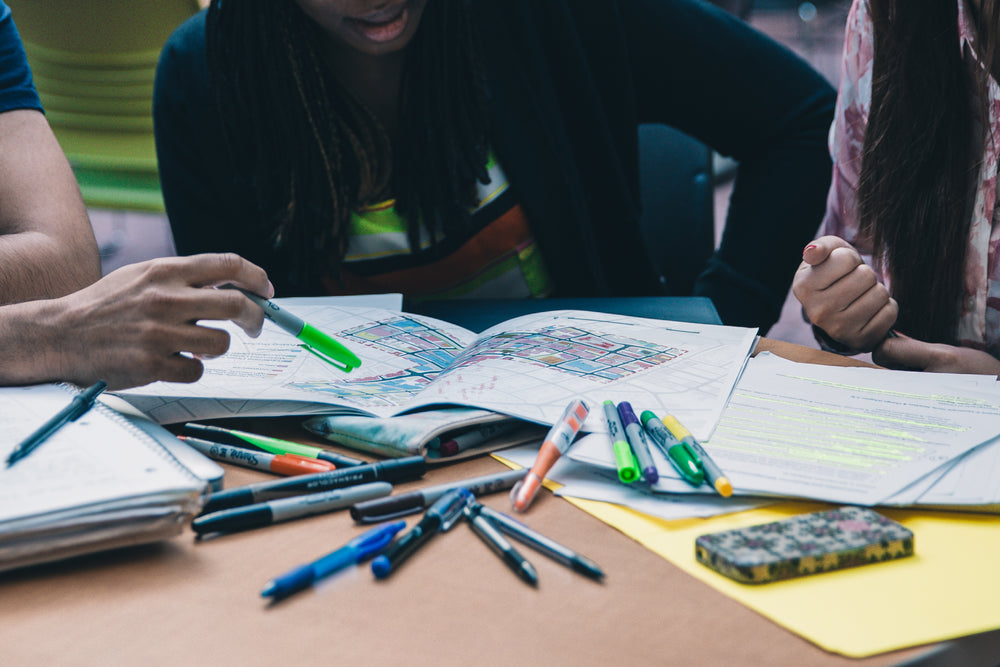Introduction
In an interconnected world, education transcends geographical boundaries, offering the potential for global collaboration and shared learning experiences. This exploration delves into the concept of “Education Beyond Borders,” emphasizing the importance of building bridges for international collaboration in learning.
Cultivating Global Perspectives
1. Internationalizing Curriculum
Infusing a global perspective into the curriculum involves incorporating diverse cultural, historical, and societal contexts. By examining global issues, students develop a broader understanding of the world and their place in it. Internationalized curricula prepare learners to navigate an increasingly interconnected and interdependent global landscape.
2. Virtual Exchange Programs
Virtual exchange programs leverage technology to connect students across borders, fostering cross-cultural understanding and collaboration. Through online platforms, students engage in joint projects, discussions, and cultural exchanges, breaking down physical barriers and promoting a sense of global community.
The Power of Collaborative Technologies
1. Online Learning Platforms
Online learning platforms facilitate global collaboration by providing a space for students and educators from different parts of the world to connect and share resources. Collaborative online courses, webinars, and forums create opportunities for cross-cultural dialogue and cooperative learning experiences.
2. Video Conferencing and Virtual Classrooms
Video conferencing and virtual classrooms enable real-time communication and interaction among students and educators across borders. Collaborative lectures, discussions, and joint projects become feasible, allowing participants to benefit from diverse perspectives and expertise.
Interdisciplinary and Intercultural Projects
1. Collaborative Research Initiatives
Encouraging collaborative research initiatives that involve international partnerships enhances students’ exposure to diverse methodologies, perspectives, and research challenges. These projects promote interdisciplinary approaches and contribute to a global pool of knowledge.
2. Intercultural Exchanges in the Arts
Intercultural exchanges in the arts, including music, literature, and visual arts, provide a creative platform for global collaboration. Students can collaborate on artistic projects, share cultural expressions, and gain insights into the rich tapestry of global artistic traditions.
Global Citizenship Education
1. Promoting Cultural Competence
Global citizenship education focuses on developing cultural competence— the ability to interact respectfully and effectively with people from different cultures. Integrating cultural competence into the curriculum prepares students to navigate diverse global contexts and work collaboratively with individuals from various backgrounds.
2. Service-Learning Abroad
Service-learning abroad programs offer students the opportunity to apply their knowledge and skills in real-world contexts while contributing to communities in different parts of the world. These experiences foster a sense of social responsibility and deepen students’ understanding of global issues.
Challenges and Opportunities
1. Overcoming Language Barriers
While language differences can pose challenges, they also offer opportunities for language learning and cultural exchange. Embracing multilingualism and providing language support can enhance communication and create an inclusive global learning environment.
2. Navigating Time Zones and Schedules
Navigating time zones and coordinating schedules across different regions can be a logistical challenge. Flexible scheduling, asynchronous collaboration options, and thoughtful planning can help overcome these obstacles and ensure meaningful global collaboration.
Conclusion
Education Beyond Borders is a transformative approach that opens avenues for global collaboration and enriches the learning experience. By cultivating global perspectives, harnessing the power of collaborative technologies, engaging in interdisciplinary projects, promoting global citizenship education, and addressing challenges through innovative solutions, educators and institutions can build bridges that connect learners from around the world. The result is a learning ecosystem that transcends borders, fosters cross-cultural understanding, and prepares students to be active participants in a globalized and interconnected world. Education Beyond Borders not only broadens educational horizons but also nurtures a generation of learners equipped with the skills, knowledge, and attitudes needed for global collaboration and cooperation.
